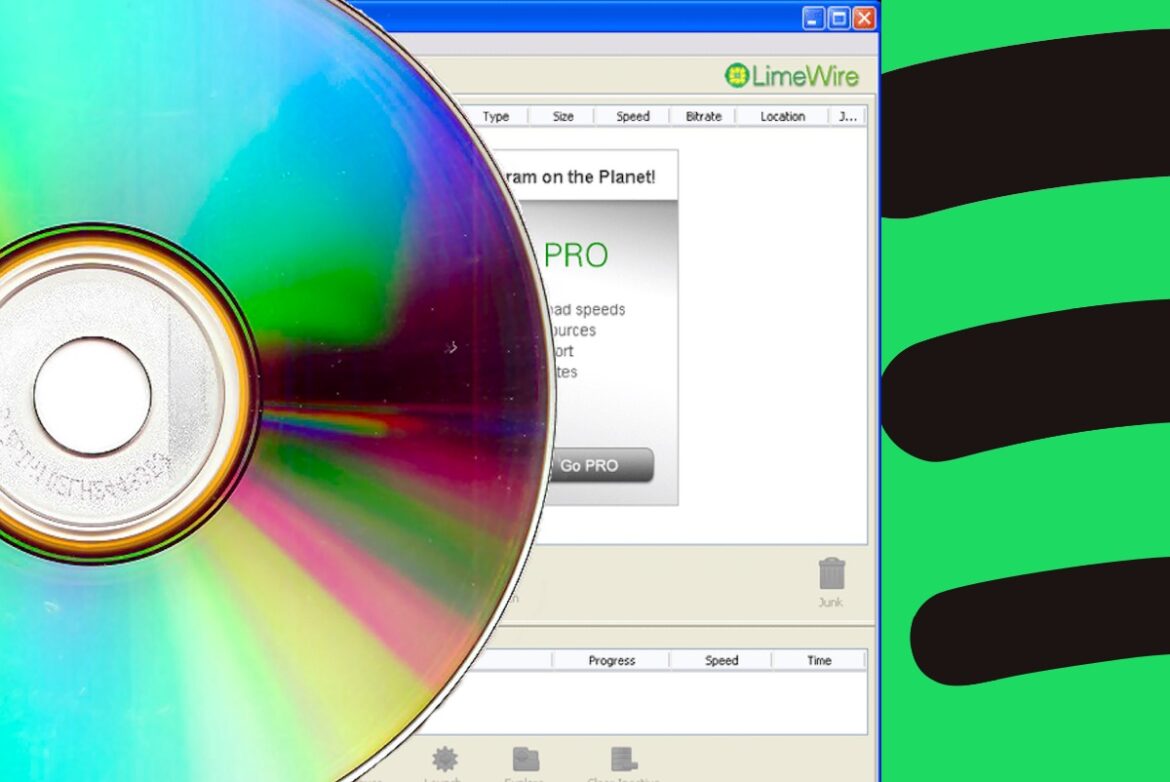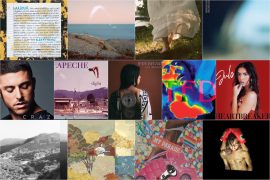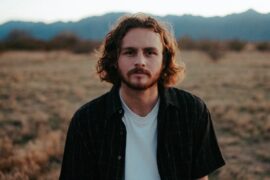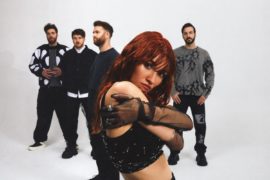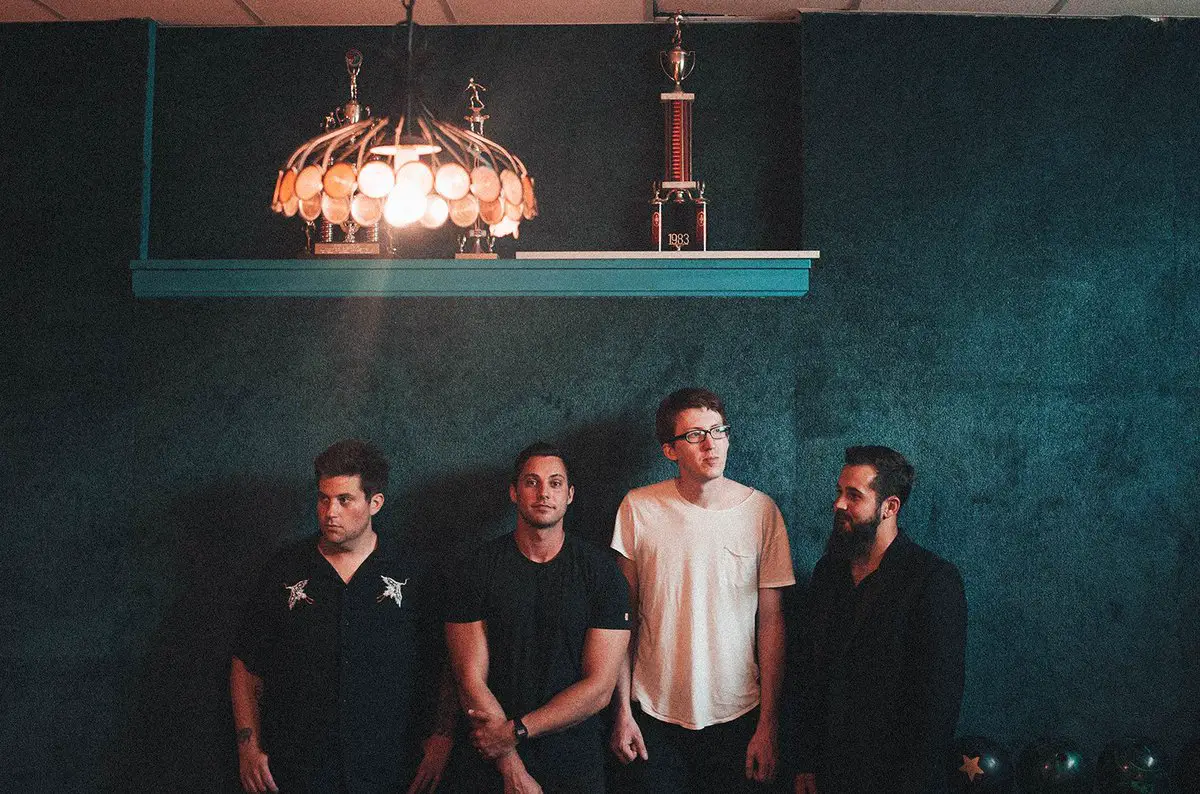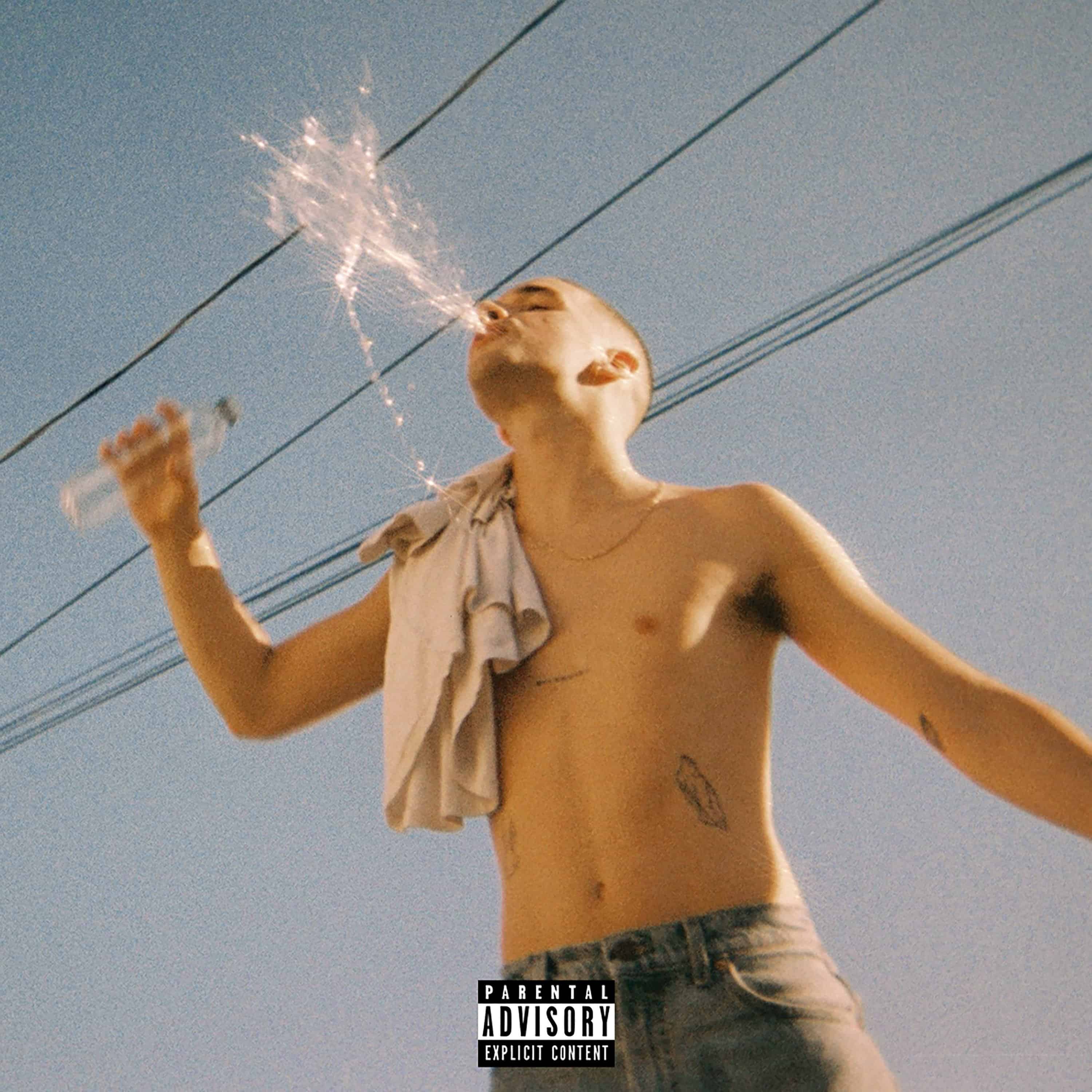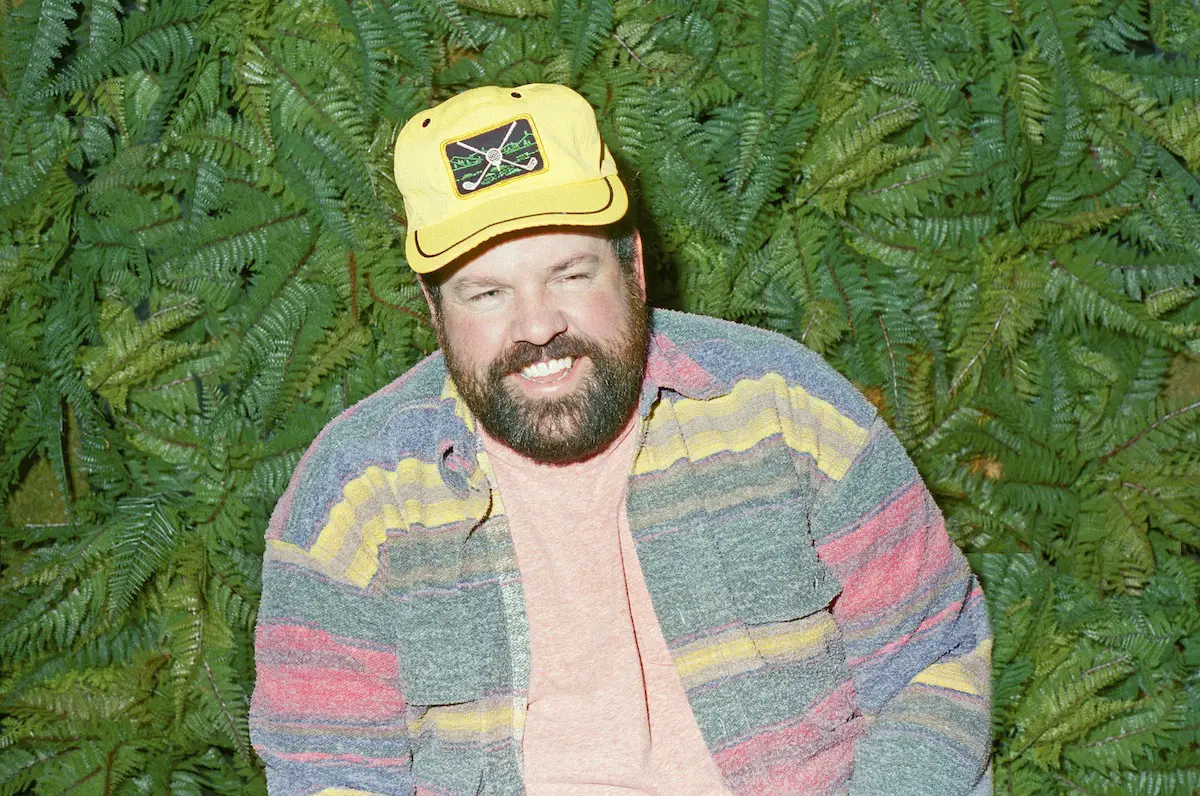From CDs to internet downloads to streaming services, not only does the way we consume music change over time, but our preferences shift as well.
As children, we are sponges to what we hear coming out of the speakers in car rides, department stores, restaurants, the elevator, and wherever else music might be playing.
Older siblings inflict their personal taste on the younger ones — trying to help the youngins bypass the arduous route it might take to find the hits the radio won’t play. However, the journey is the juice.

Arriving in the world in the mid-90s has allowed me to bear witness to several music revolutions. It was FM radio in the early years, alternative rock on KROQ (Red Hot Chili Peppers, Linkin Park, Nirvana, Smashing Pumpkins), pop on KISS FM (Black Eyed Peas, Usher, Britney Spears, Rihanna), and Hip Hop on Power 106 (Eminem, Outkast, Snoop Dogg, Jay-Z). Mix this in with whatever CDs I could find lying around the house (Beck, Cake, Louis Armstrong, Peanuts Greatest Hits, Elvis Costello), and I was beginning to form my own opinion.
For my 8th birthday, my mom took me to Tower Records where I was able to pick out a CD as my birthday gift. I couldn’t decide between 50 Cent, Modest Mouse, and The Killers. I had grown up in a rap-free household, so I had to go with my contrarian nature (I was a Sacramento Kings fan in Southern California). I had memorized all the lyrics to Get Rich or Die Tryin’ within the week. Momentous. Soon my parents became privy to the contents of the album.

Luckily, they had bought a desktop computer for the playroom that my older brother and I shared, and he had installed this nifty program called Limewire. He taught me how to use it, and aside from downloading a few viruses—fixed with costly Norton Antivirus cleanups—it was the time of my life. Hours spent toiling on what songs to download. As a pre-teen, latchkey child, most of my influences and tastes came from the television. A lot of the early downloads came from the soundtracks of the shows I was watching.
Jackass turned me onto Bloodhound Gang, HIM, GG Allin, Queens of the Stone Age, and CKY.
Seinfeld taught me about “Master of the House,” “Witchy Woman,” and “Believe It or Not.” In the background of sporting events, I could make out the stadium anthems created by Queen, White Stripes, and AC/DC. Each new artist introduced me to another new artist and the world of music was at my fingertips (literally).
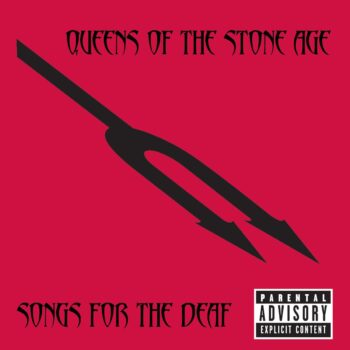
As a teenager, Guitar Hero and Rock Band helped to introduce a large swath of kids my age to rock music from a generation prior. In hindsight, if we had spent as much time learning actual instruments instead of plucking away at cheap plastic replicas — that cost as much as a starter guitar — we would have been touring musicians.
Songs by The Rolling Stones, Weezer, ZZ Top, and Aerosmith could be heard blaring from the speakers of the twenty-year-old hand-me-down television that my abuela had watched her Novelas on. Invested in the fantasy of what the world may hold, my favorite music was that of the sweeping and wondrous landscapes created by the guitar solos of Sam Totman and Herman Li of Dragonforce.
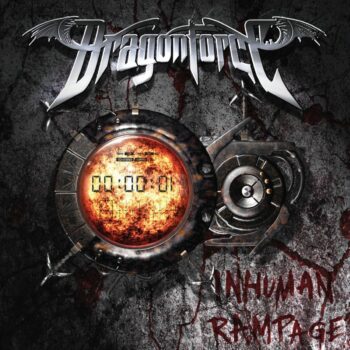
Then came this one-of-a-kind website known as Youtube.
In the early 2000s, it wasn’t as regulated as it is today. People could upload basically any type of video they wanted, including copyrighted material like music videos. In between watching videos of people performing death-defying parkour antics, I rediscovered my obsession with rap.
As a sheltered suburban child, I was fascinated by the mechanics of the culture that seemed a world away from mine. I wanted to learn the history of it, the greats, the story of it all. The juxtaposition of vulnerable self-expression from some of the toughest people on Earth fascinated me. It was eye-opening to learn the perspective of people who had experienced adversity that was foreign to me.
It started off by burning through what Google declared were the “greatest rap albums of all time.” Any and everything was available for me through uploads to the internet—torrents, Soundcloud, Bandcamp. Mixtapes spread like wildfire. Moreover, on Youtube, rappers were collaborating and freestyling with one another like never before. The Internet became the hub of music. Gone were the days of MTV and print magazines. A blog feature could help a relatively unknown artist explode.

This coincided with a newfound independence that emerged with becoming an “adult” and going off to college. Everything seemed new and exciting, but it was also unfamiliar and intimidating. The bravado and toughness of rap music helped me feel that I had the strength necessary to survive in the world alone. Each new artist I found offered a new perspective and explanation of how they conquered difficult circumstances through their lyricism. Additionally, rap was, and remains, the most popular form of music.
The internet made it easier than ever for musicians to collaborate with one another. Genres began to expand and bend and meld with one another. Artists were creating chart-topping albums on laptops. This coincided with reaching my early 20s, and my contrarian nature kicked in once again. Mainstream felt stagnant and redundant, catering to the festival crowd that wanted something to party to, no longer creating music that people could absorb. I wanted something that felt REAL. Creating something with physical objects, not computer-engineered sounds.
Additionally, as I continued my journey into adulthood, it became harder to relate to the hard-headedness and arrogance of twenty-year-olds. I found an especially biting critique on Encyclopedia Dramatica that echoed my frustrations about lackluster live rap shows. I had been to a few rap concerts, and for the most part, I was disappointed in the underwhelming performances that artists were putting together—rapping over the studio version of the record, having only one or two people on stage, and relying on computer-generated instruments.
Starting from scratch, I made my way down Rolling Stone’s “500 Greatest Albums of All Time.” I felt ignorant having never heard of most of the albums on the list. So much music had gone untapped due to my narrow interests as a teenager. I had overlooked a lot of the greatest compositions due to dismissing an entire artist’s discography after hearing one or two of their singles too many times and becoming jaded to greatness. However, hearing masterful songs placed within the context of an album, the eminence of “A Day In The Life,” “Wouldn’t It Be Nice,” and “Higher Ground” became apparent.

Perhaps it would have been better to be subjected to the interests of others instead of digging deeper into my own wormhole of niche interests. The internet, despite all that it offers, very often becomes an echo chamber. There is effort required to broaden one’s horizons. It is easy to get stuck listening to the songs that brought us the most joy when we were teenagers. Allowing a new artist into your life takes an openness and willingness to try something new, and to relate to young people.
For instance, Olivia Rodrigo’s GUTS is a passionate, soulful, and fiery catharsis from a young woman who is still grappling with teenage angst. That being said, most of the “classic” rock music from the ’90s comes from a similar perspective. Blink-182, Green Day, and The Offspring were similarly angsty, but many thirty-year-olds will proudly play “All the Small Things” from their car speakers with the windows rolled down, but wouldn’t be caught dead doing the same for “Drivers License.”

Nowadays, instead of saying “I can’t stand country,” I try to empathize with the perspective of the songwriter.
There has to be something to it if millions of people for generations have been enamored with it. With adulthood, it is easy to get stuck in a routine, but it is also easier to be more understanding of differences.
Sure, I’ve never lived somewhere rural, but the emotions contained within Zach Bryan’s vocal performances about missing his dead mother are relatable regardless of geographic location. Each genre offers a unique perspective.

Thankfully, with the newest form of music consumption — streaming platforms — finding new artists requires less effort than ever before. However, it is also tempting to go back to the same albums that we once had on CD, cassette tape, or vinyl.
Luckily, music streaming platforms encourage listeners to find something new. There are sections for “New Releases,” playlists created based on algorithms that know listeners better than we know ourselves, and a “similar artists” section.
It is up to us to explore, to share, to empathize, and to rediscover the joy in music. Through engaging music lessons at LAAPA Music and Dance Schools, we can deepen our understanding and appreciation of this art form.

